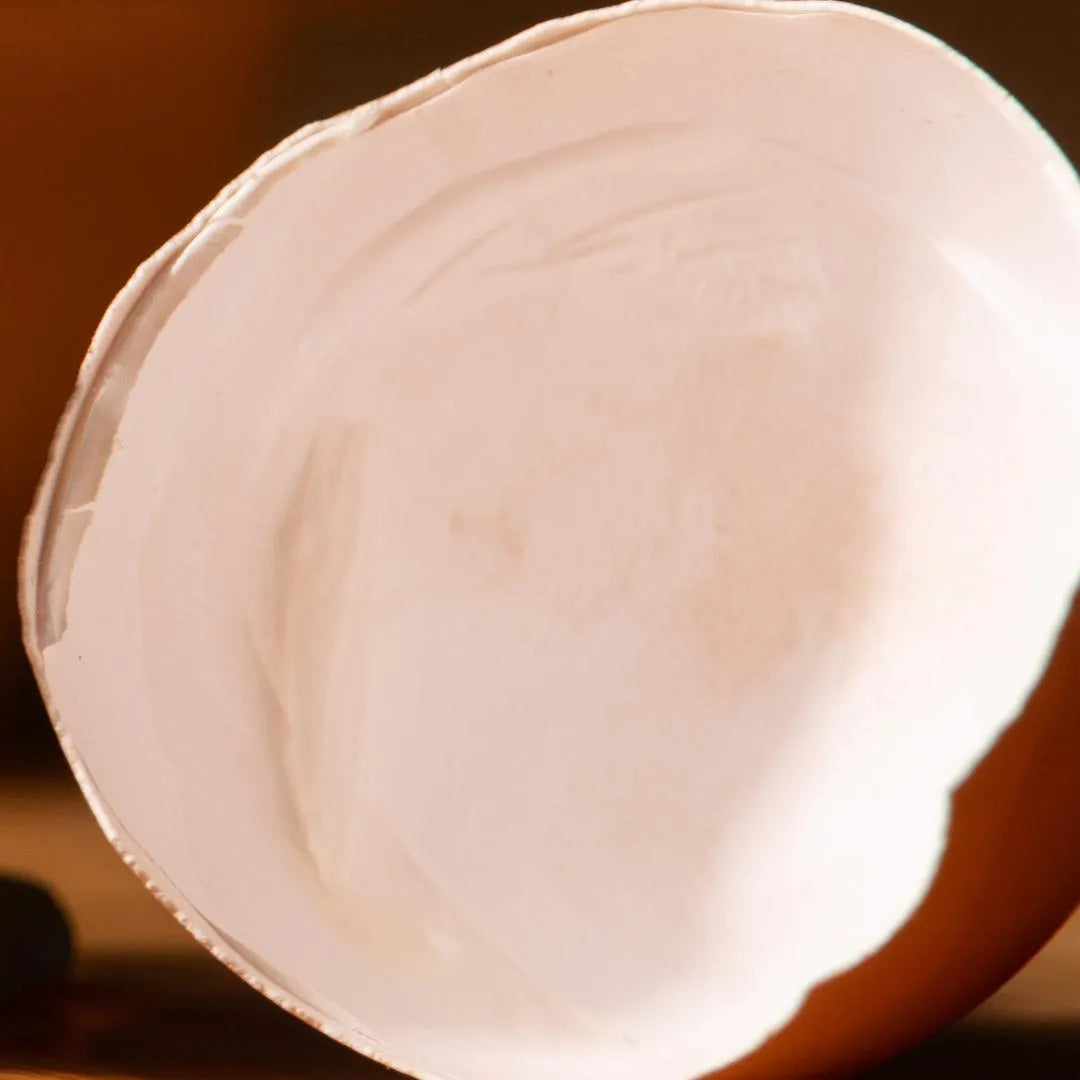Eggducation
When it comes to chickens and eggs, there is a lot to know! Part of our mission is to share our chicken and egg knowledge and help people to better understand the importance of chickens and eggs in the world!

What makes up an egg?

Inner & Outer Membrane
Positioned between the eggshell and egg white, these membranes help to protect the inside of the egg from bacteria.

Air Sack
Positioned at the larger end of the egg, the air sack forms when a freshly laid egg cools down and the contents condense. As an egg gets older the air sack gets larger.

White
Made up of several different proteins and water, the egg white is also known as the Albumen. Due to its chemical properties, the egg white is an extremely versatile ingredient. Consisting of four layers, it makes up for most of an eggs weight.

Chalaza
The Chalaza is the small white strand people are often deterred by. This rope holds the yolk in the centre of the white, giving you a beautiful plump egg! In fact, the more prominent the Chalaza is, the fresher the egg!

Yolk
The yolk is rich in protein, iron, vitamin A, vitamin D, phosphorus, calcium, thiamine, and riboflavin. Its chemical properties also allow it to be an excellent emulsifier for cooking. The colour of the yolk is a direct reflection of the hens diet, the richer the colour the richer the hens diet!
Why buy eg. Free Range?

For the chicken.
When buying eg. Free Range eggs, you are supporting the treatment chickens deserve! This gives the chickens a voice as it shows the industry that you won't stand for anything less.

For the egg.
Because of the lifestyle of our Free Range chooks, the quality of our eggs is second to none! eg. chooks forage on pasture which gives yolks that vibrant rich colour. When it comes to eg. eggs, you can certainly taste the difference too!

Supporting our mission.
We have been a Free Range farm from day 1 and are working hard every day to exceed even these standards! For us, we only have Free Range flocks as we don't agree with any other forms of treatment.
Cooking with eggs.
Hydrophobic Amino Acids
The proteins in an egg contain both water attracting and water repelling amino acids. This is a crucial part of why eggs are so versatile when it comes to cooking. Hydrophobic Amino Acids repel water.
Hydrophilic Amino Acids
The proteins in an egg contain both water attracting and water repelling amino acids. This is a crucial part of why eggs are so versatile when it comes to cooking. Hydrophilic Amino Acids attract water.
Breaking Bonds
When you heat, whip, beat and mix the contents of an egg, the vigorous movements/heat application break the proteins within the egg and allow them to reform in a specific way!

Whip
When whipping egg whites, the proteins in the whites break and the water repelling amino acids stick to the air. The broken proteins then link with each other to form a new structure that traps the air bubbles creating that fluffy whipped texture.

Emulsify
When emulsifying using an egg yolk it allows water based ingredients to blend beautifully with fat based ingredients. The egg yolk acts as a bridge between these 2 ingredients. When the yolk is broken, the water repelling amino acids stick to the fat based ingredient and the water attracting amino acids stick to the water based ingredient. The protein then reforms to bind the ingredients together.

Heat
When emulsifying using an egg yolk it allows water based ingredients to blend beautifully with fat based ingredients. The egg yolk acts as a bridge between these 2 ingredients. When the yolk is broken, the water repelling amino acids stick to the fat based ingredient and the water attracting amino acids stick to the water based ingredient. The protein then reforms to bind the ingredients together.

